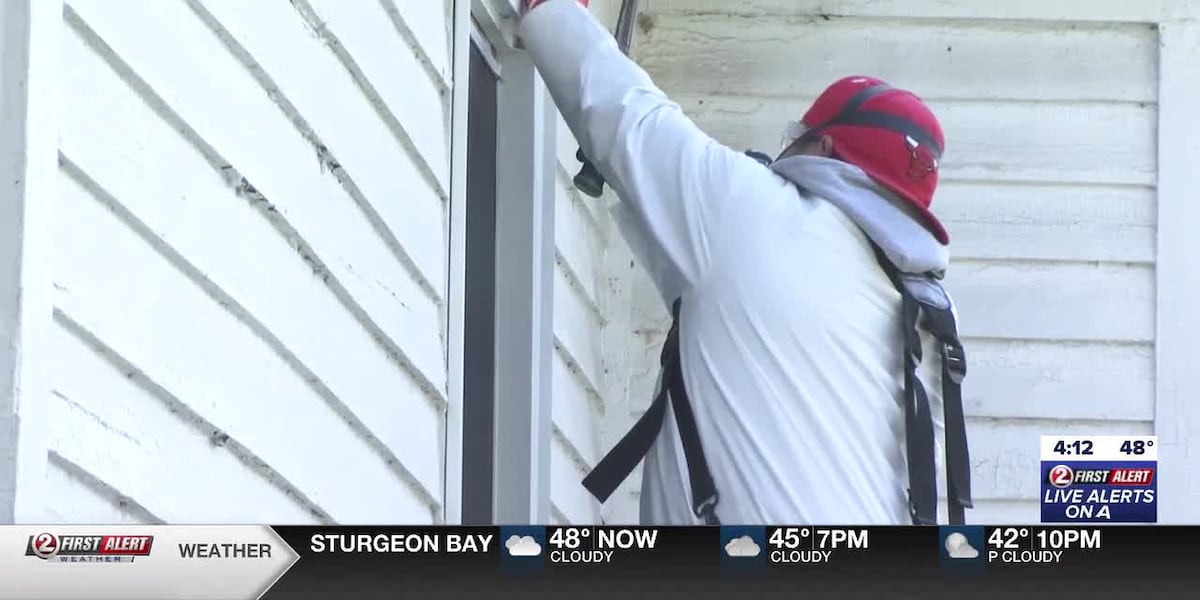
Lead Poisoning Prevention Efforts Intensified in Winnebago County
OSHKOSH, Wis. — In recognition of National Lead Poisoning Prevention Week, the Winnebago County Health Department has launched a comprehensive initiative aimed at combatting lead poisoning, particularly among children under the age of six. Lead exposure, primarily from deteriorating lead-based paint, poses serious health risks, especially for young children whose developing bodies and brains are particularly vulnerable.
According to local health officials, approximately 20% of housing in Winnebago County was constructed prior to 1940—a period when lead-based paint was commonly used. Alarmingly, nearly 90% of these older residences still contain lead paint, heightening the potential for exposure in the community. Doug Gieryon, Director of Public Health for Winnebago County, emphasized the urgency of the issue, stating, “Lead is toxic and exposure to lead is completely preventable.” He noted the critical need for proactive measures to protect vulnerable populations by identifying and remediating lead hazards.
Even minimal exposure to lead can lead to irreversible damage, affecting the brain, organ systems, and overall neurological development in young children. In response, the county has established a lead poisoning prevention program that includes routine lead testing for children, particularly during their first two years of life. “Ideally, all children are screened at ages one and two, but we also strive to identify those who may not have been tested,” Gieryon explained.
Eligibility requirements for the lead-safe homes program are straightforward: residents must either own or rent a home built before 1978, or household members must include pregnant women enrolled in Medicaid or BadgerCare Plus. The program aims to alleviate the financial burden associated with lead remediation, with many intervention costs amounting to an average of ,000. Gieryon reassured residents that substantial funding will be made available to support lead hazard reduction efforts, ensuring that cost does not become a barrier for families seeking to enhance their living environments.
Despite these positive strides, the initiative faces challenges as funding from the U.S. Department of Housing and Urban Development awaits approval, currently stalled by the ongoing government shutdown. The Winnebago County Health Department remains hopeful that increased funding will allow it to extend its outreach and remediation efforts even further. As Gieryon aptly noted, “The sooner we find out about potential lead exposure, the sooner we can eliminate the source of lead, ensuring our children’s safety.”
This ongoing commitment to public health highlights the necessity of proactive measures against lead poisoning, underscoring the importance of community involvement in securing a safer and healthier environment for Winnebago County’s youngest residents.


